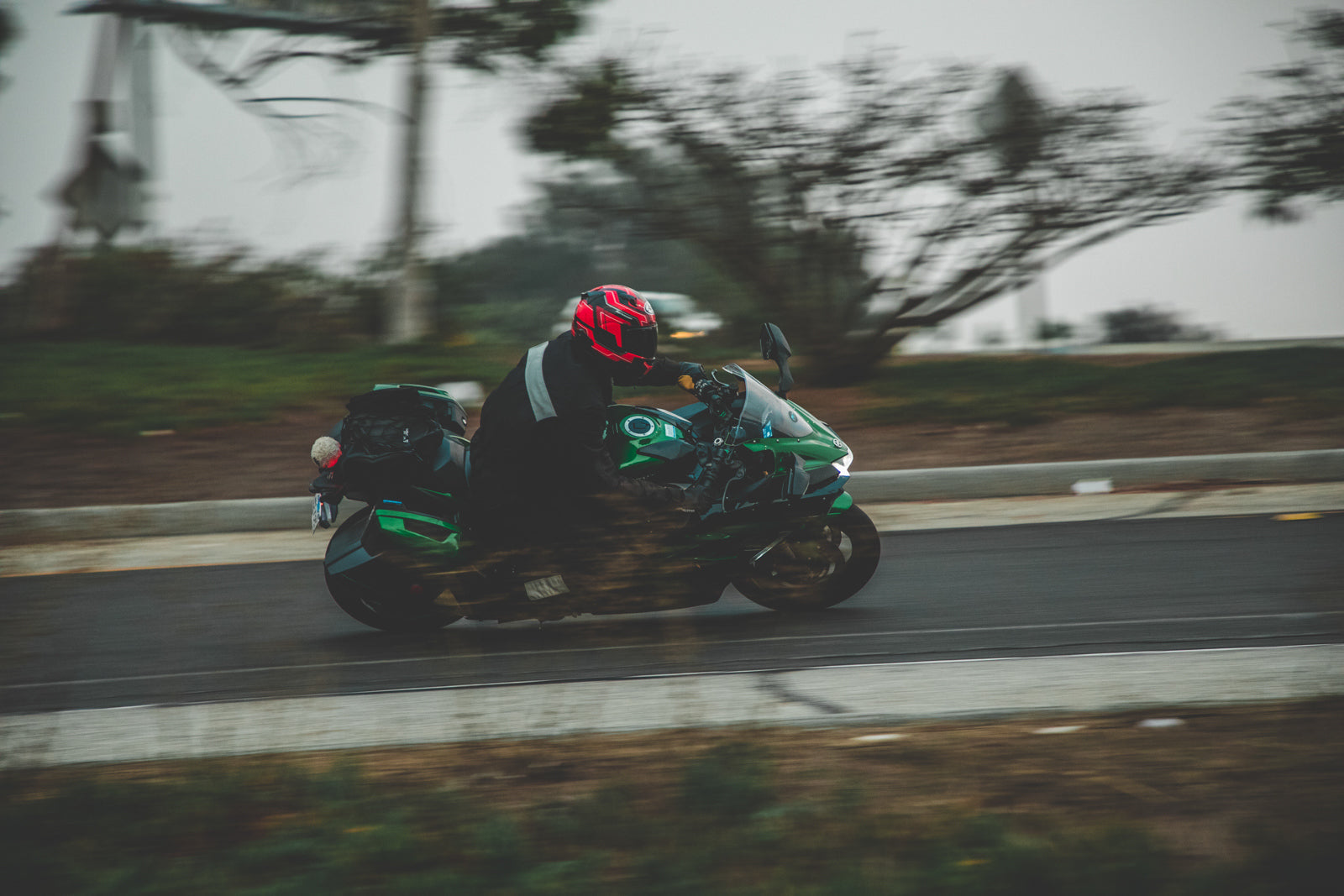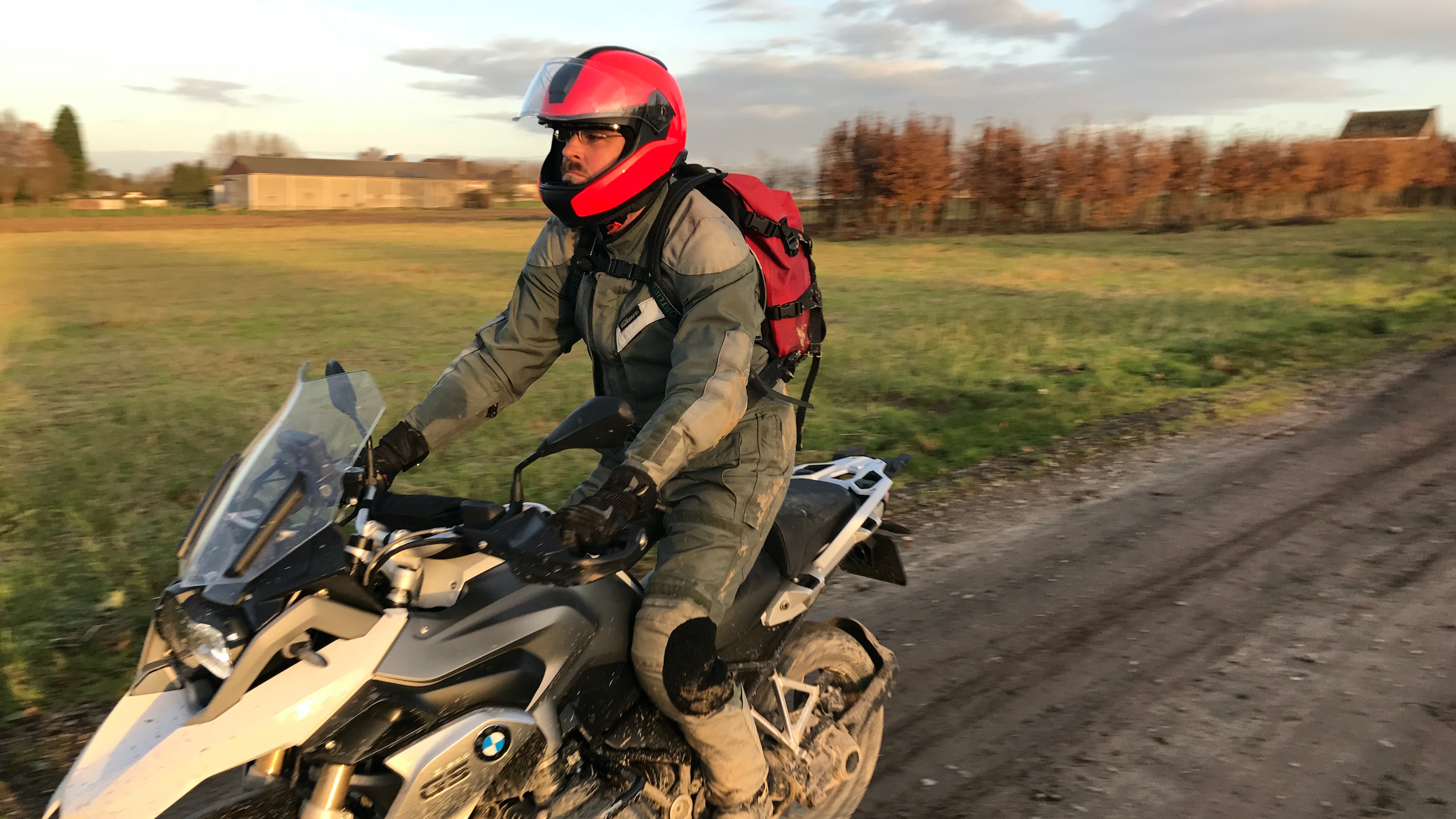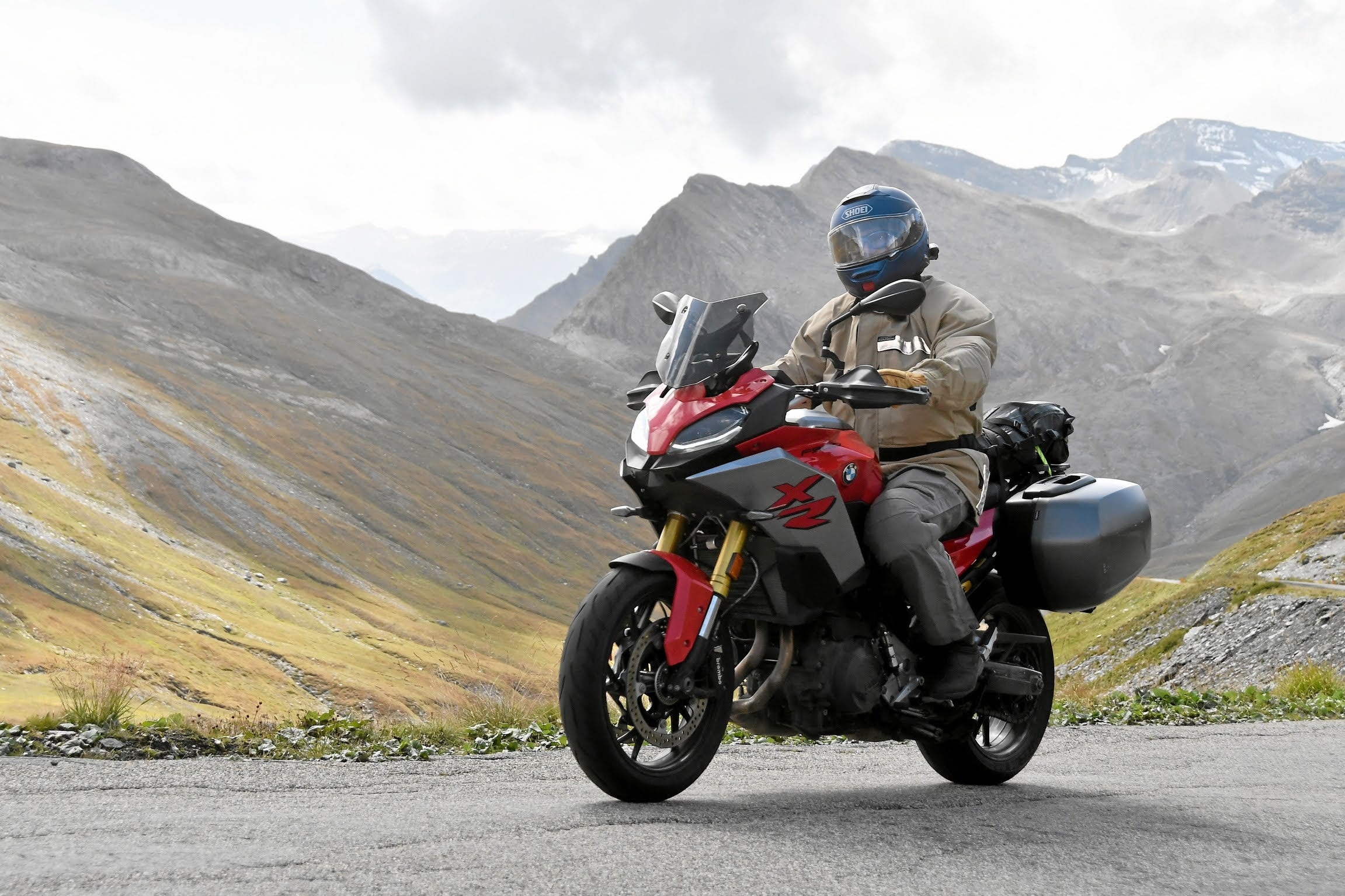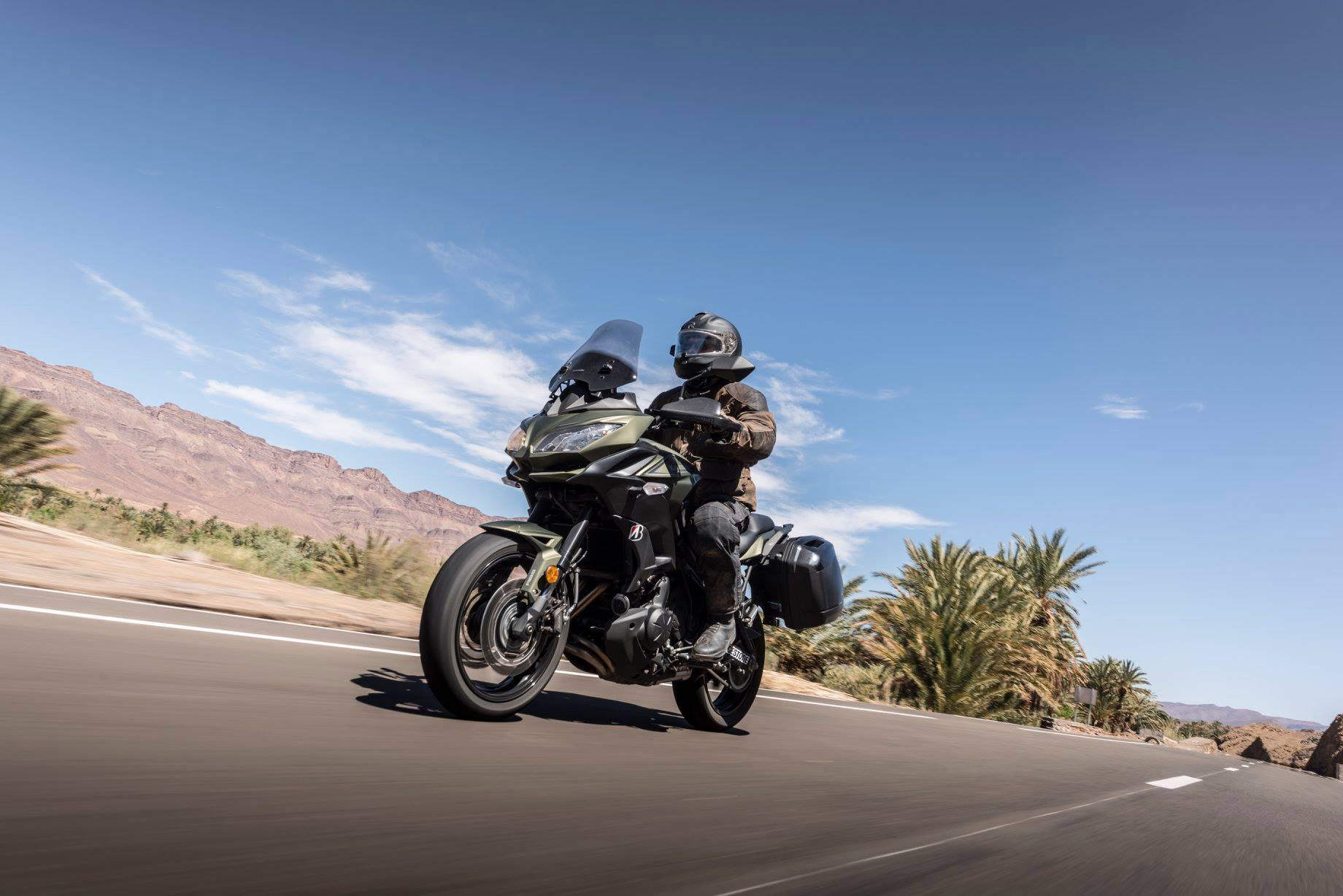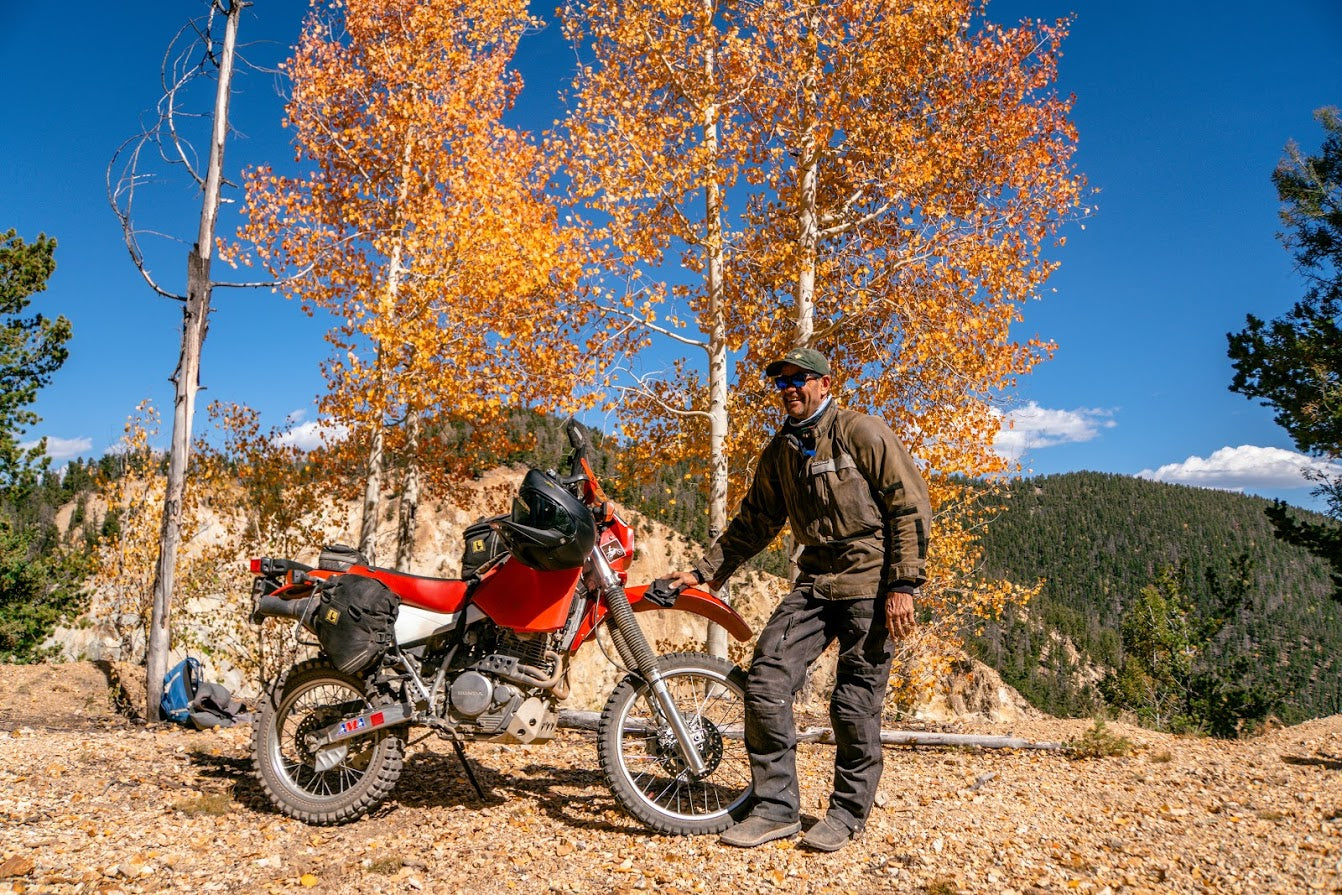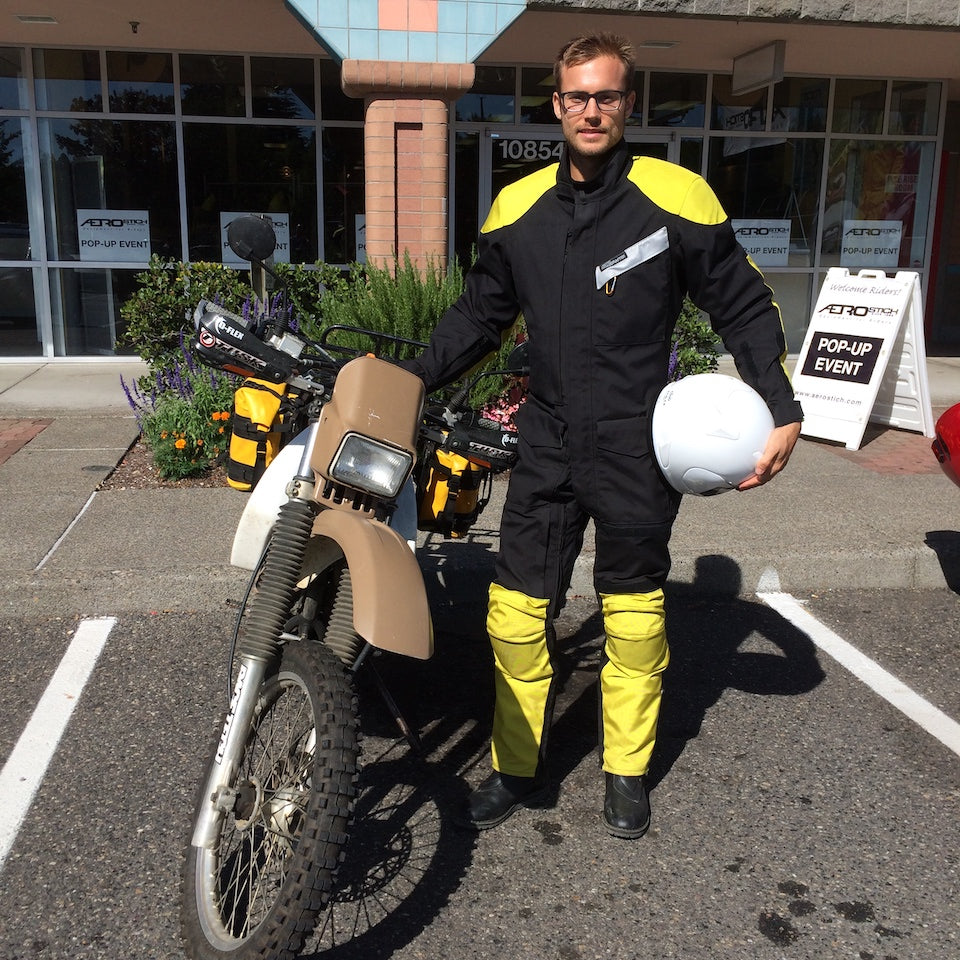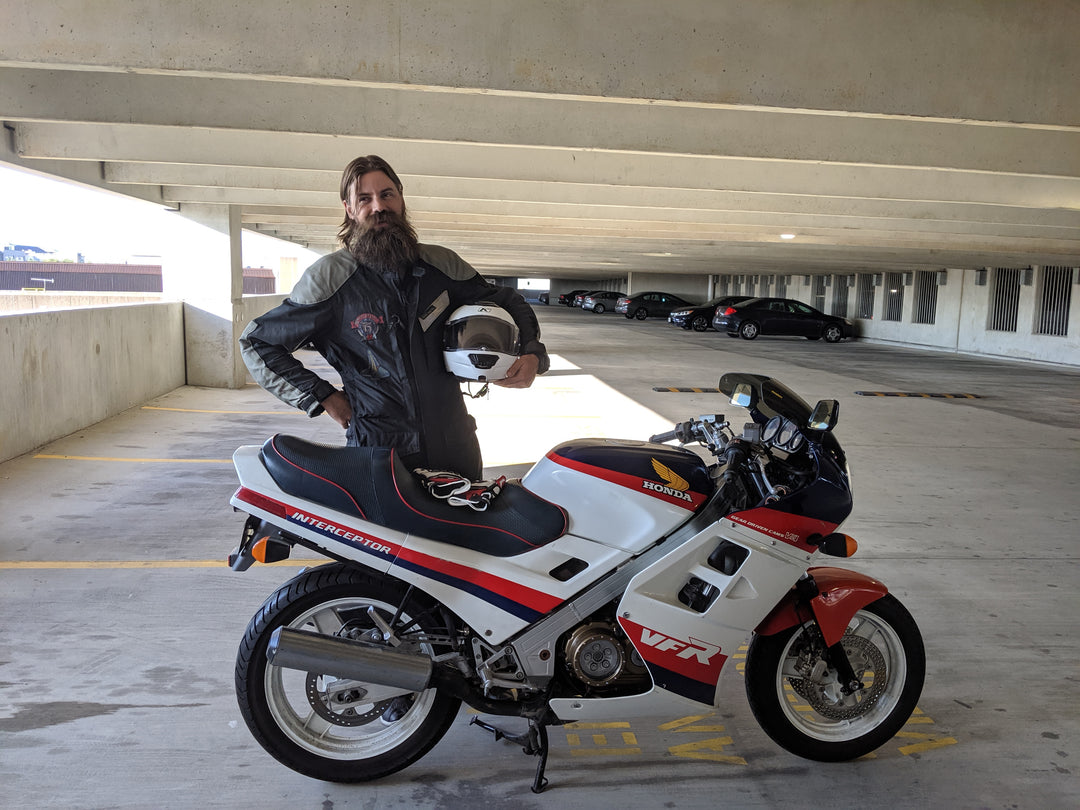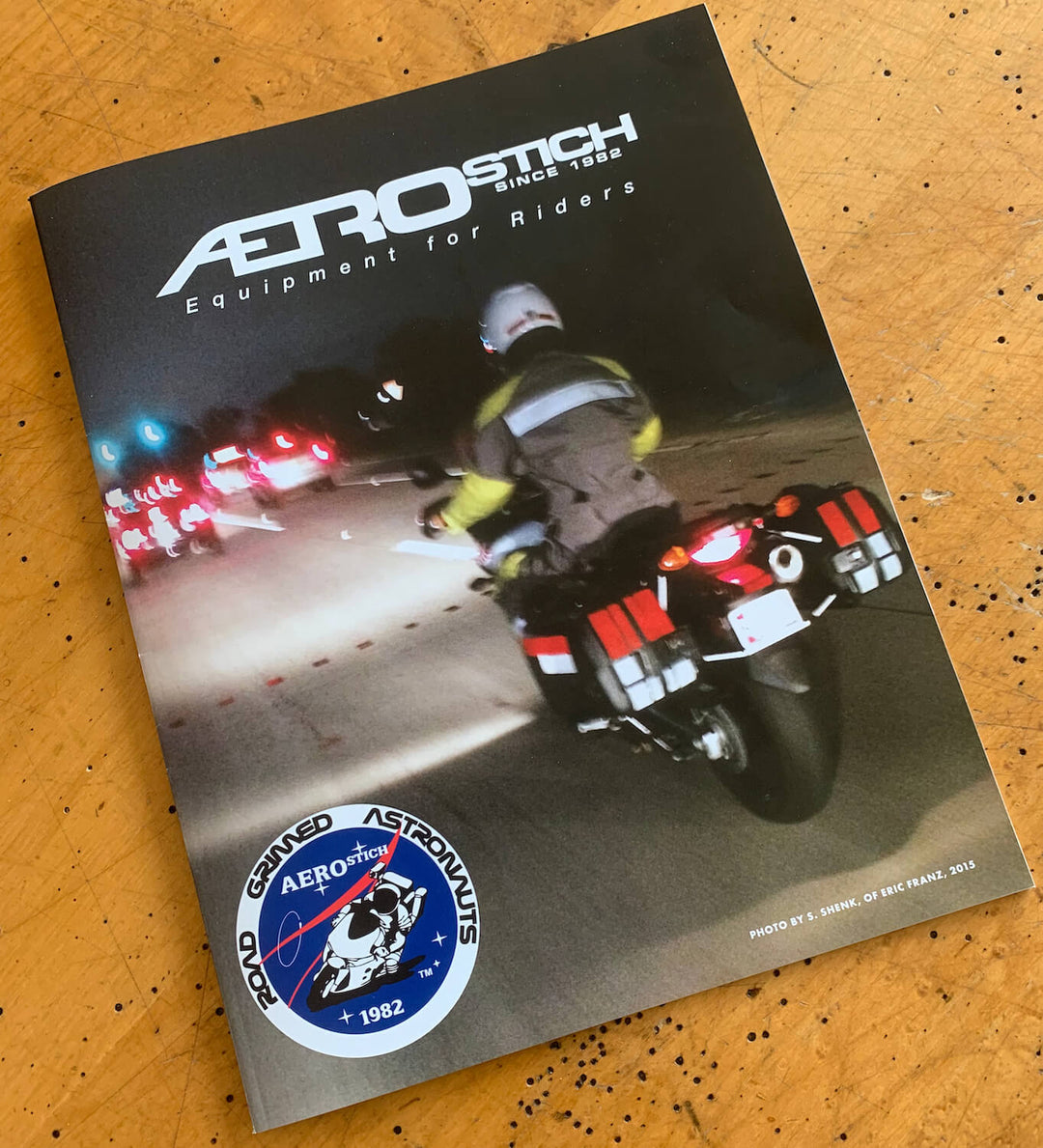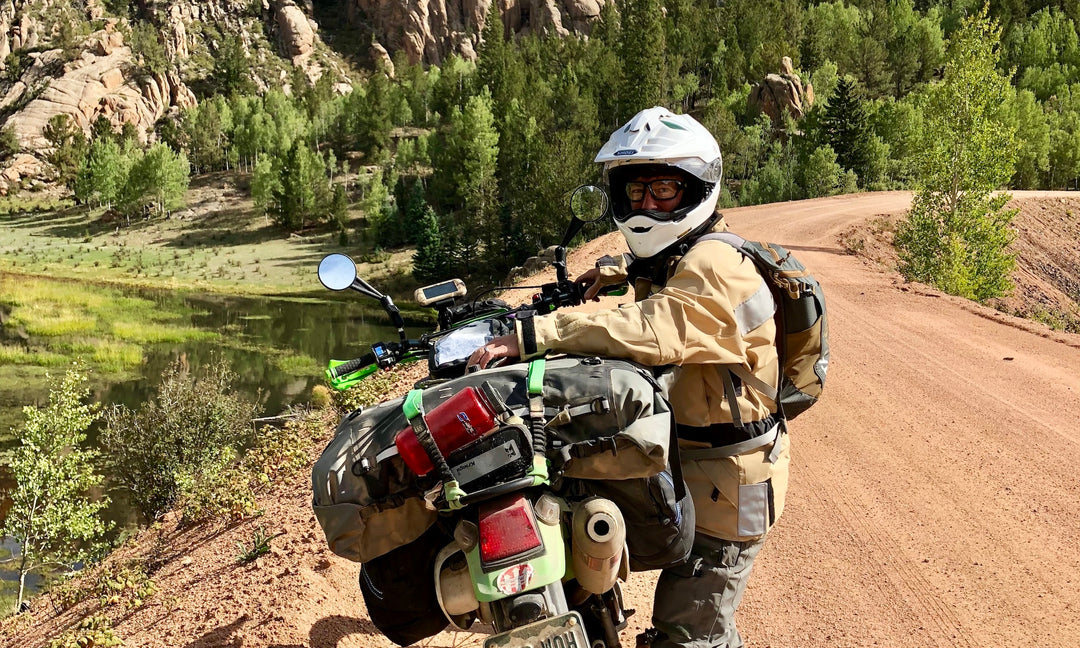Protection
TF2-TF6 IMPACT ARMOR SYSTEMS

The TF elbow, shoulder and knee impact armor’s two-level system is unique – it’s the only armor with a shaped hard shell area for increased penetration protection. Each contoured hard-shell is glued to the center of an oversized 16mm thick curved shape made using TF visco-elastic impact foam. This shaped hard-shell area helps TF armor perform better than non-reinforced impact armor.
Aerostich’s oversize TF impact armor systems uniquely provide two-levels of impact energy absorption: Directly beneath each TF’s central hard-shell area TF provides slightly better performance compared to other impact armor systems and also provides significantly increased penetration resistance. Around TF’s flexible edges TF provides a little less energy absorption in return for greater wearing flexibility and comfort.
Our CE impact testing machine (photo right) allows us to test lots of armor, including today’s latest types which sometimes are included as separately-branded components of some rider’s gear. All of today’s latest impact armor systems contain the same type of impact energy-absorbing technology. (Aerostich TF impact armor has contained exactly this technology since 1985.)
IMPACT TESTING
We use a duplicate of the machine used by the CE (Conformité Européenne, meaning European Conformity) to measure impact energy absorption levels for CE standard compliance.* This machine uses a calibrated transducer to measure the amount of force transferred through impact armor. The higher the number shown in the bar graph, the more impact force is transferred. Lower transferred force means the armor will disperse and absorb impact better in a crash situation.
TF MATERIAL
Our TF viscoelastic foam material is unique partly because the faster and harder it is struck, the more it resists impact. This characteristic, of stiffening more for higher-speed impacts while remaining soft and moldable for comfortable wear, make it the perfect choice for crash-protective yet comfortable wearing body armor.

TF PERFORMANCE
Each TF impact armor type is optimized for specific temperature ranges. The TF2 (cold weather) version works best in ambients from 30º - 55ºf. The standard TF3 armor works best in ambients from 45ºf – 75ºf. The TF5 (low-profile) and TF6 (competition) version works best in ambients from 65º – 95ºf.
'NOT CE APPROVED' LABELS
TF was developed to provide effective impact protection when fitted into Roadcrafter and Darien Suits. It was introduced more than ten years before CE certification existed. Aerostich’s TF3 was tested at a CE lab in England and also using Aerostich’s impact testing machine.
CE impact certification standards involve both impact energy absorption performance and impact armor shape and size. TF’s oversize shapes are optimized to fit perfectly inside Aerostich gear, so some Aerostich TF armor does not comply with the CE certification program for reasons related to their shape and size. All of TF’s hard-shelled areas significantly exceed CE impact certification standards and also perform better than most other CE approved armor.
INSTALLING TF IMPACT ARMOR INTO NON-AEROSTICH GEAR
Additional adhesive backed sections of hook & loop are provided to allow you to install hip or back impact armor into any garment. Our experience has been that the adhesive will stay attached to lining fabrics for several years, but it also makes it simple to hand sew the hook & loop into place without opening the lining.
*LEGAL NOTICE: These garments are not considered to be personal protective equipment as defined in or within the scope of, the personal protective equipment (EC Directive) regulations 1992 (S.I.1992/3139). No liability will be accepted arising out of these garments’ non-compliance with such regulations. Test data based on results from Aerostich impact testing, series number 211108-RH, performed Nov. 2008. Measures indicate materials resilience to impact as a reading of kilonewtons (kN). 1 kN = 224 lbs. Testing sensors measure the amount of force transferred through the armor at impact. Lower kN readings indicate greater overall energy absorption and better impact dampening ability. The average (mean) of multiple impacts: TF2=28.71 kN, TF3=25.83 kN, TF6=24.8 kN, TF5=19.11 kN.
Mr. Subjective on Impact Armor Development and CE Standards
Aerostich pioneered modern energy-absorbing impact armor systems starting in 1984 with the first energy-absorbing visco-elastic TF2 material. All earlier rider’s gear used paddings made from various conventional latex and plastic foams, or from quilted felt or cotton layers. None of these provided effective impact energy absorption.
The very first CE impact testing developed standards for riders gear and energy absorption were published in 1997, thirteen years after we introduced the first generation of TF armor. Using an independently calibrated duplicate of the CE’s impact machine we matched their testing and the results were eye-opening.
Those first CE standards for motorcycle gear were developed just as global free trade was rapidly expanding and traditional international tariffs and trade barriers were falling. New and very low cost rider’s gear factories were opening up across Asia and were viewed by long-established European rider’s gear brands as direct threats. European rider’s gear factories were mostly located in Europe, and some of those businesses were looking for ways to limit the huge cost advantages of Asian gear manufacturers. Establishing technical standards (CE standards) for gear to be salable in Europe was good way to accomplish this without any actual tariffs, but this strategy did not work out quite as anticipated.
What happened over the next twenty years was most European-based rider’s gear manufacturing factories closed and the majority of cutting and sewing work was transferred to Asian contract manufacturers, or to wholly and partly owned Asian subsidiaries. Thus Asians acquired the necessary sewing know-how while startup European-based companies developed new visco-elastic impact foam technologies entirely separately, to be sold as consumer branded products, and also to be used as branded ingredients inside Asian-sewn riders gear. Olde European gear brands + Asian sewing operations + European-made consumer-branded visco-elastic impact armor = more cost to consumer and more profit for manufacturers.
For about the first fifteen years (1985-2000) TF impact armor was a lot better at absorbing crash energy than the very best impact materials the world’s best (GP, AMA) pro-racing competitors wore. We were unaware how significantly we’d advanced energy absorbing impact armor until the first C.E. Standards were published and we built a duplicate of their impact energy testing machine. Our early customers (and us) were riding around in Roadcrafter’s enjoying hugely better crash impact protection than racing professionals.
Despite today’s relentless marketing claims, TF impact armor and those more recently introduced consumer-branded armor types have a lot in common. All are slightly different formulations of siliconized visco-elastic foams. The shades of difference in the better types of energy absorption materials are important, the performance levels are fairly close now. Greater differences involve the cost, fit, comfort, shapes and sizes. Newer armor types have more in common with each other than TF though because most are a separate branded ingredient inside differently branded riding gear. The newer stuff is usually more expensive.
Whenever a business ‘brands’ an ingredient they are able to charge more for it. The first example of this tactic had nothing to do with motorcycle gear. It was a food sweetening ingredient called ‘Aspartame’. By clever marketing this became the branded sweetener ‘NutraSweet’. Diet soft drink makers and other processed food companies got a better deal on their Aspartame if they agreed to display ‘Contains NutraSweet’ labels on their products. The computer chip company Intel followed the same marketing idea, with their ubiquitous and prominent ‘Intel Inside’ labels appearing on many brands of microcomputers. Many other companies have used this model. In rider’s gear ‘YKK’, ‘Velcro’, ‘3M Scotch Guard’, 3M Scotchlight and Gore-Tex breath-able-waterproof fabric are all examples of consumer-brand-ed ingredients within a separately created product.
Our self-made TF impact armor costs less because we make it ourselves. TF also fits, feels and integrates with Aerostich garments better, because both the gear and the impact armor are designed to work together.
Explaining the reason these materials absorb energy so well would take a scientist or engineer with expertise in molecular chemistry. The properties of cross-linked silicones are unique. Under slowly applied pressures TF easily de-forms, but when rapidly impacted it becomes firm and absorbs impact energy in a hydraulic-like fashion. These mate-rials can be engineered to provide many different properties for specialized uses. For example, other versions are used in producing today’s popular ‘memory foam’ pillows and mat-tresses.
Our TF2 thru TF6 impact armor provides highly effective impact energy absorption, without the higher cost associated with separately branded ingredients. Now you know.




